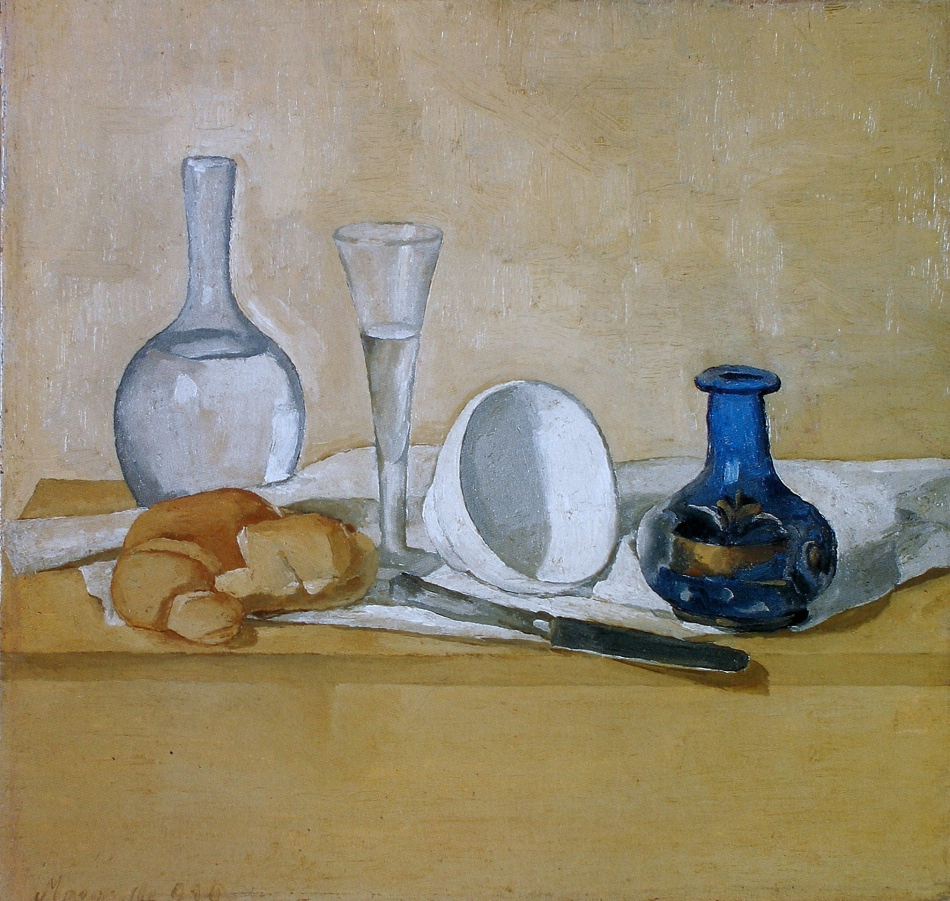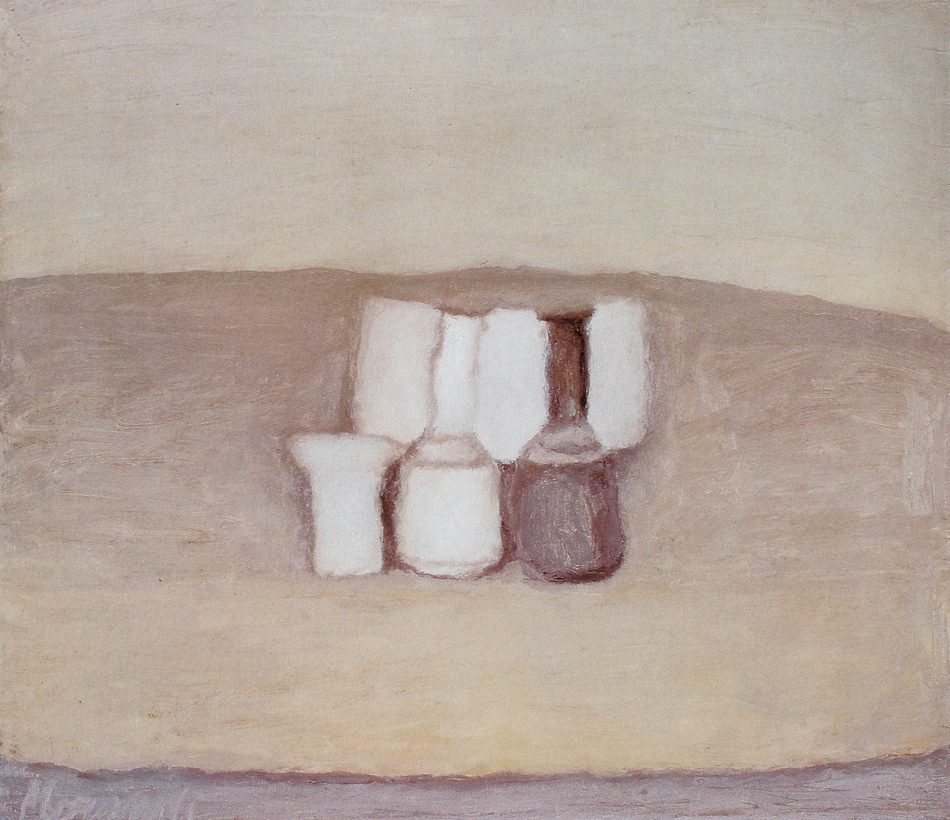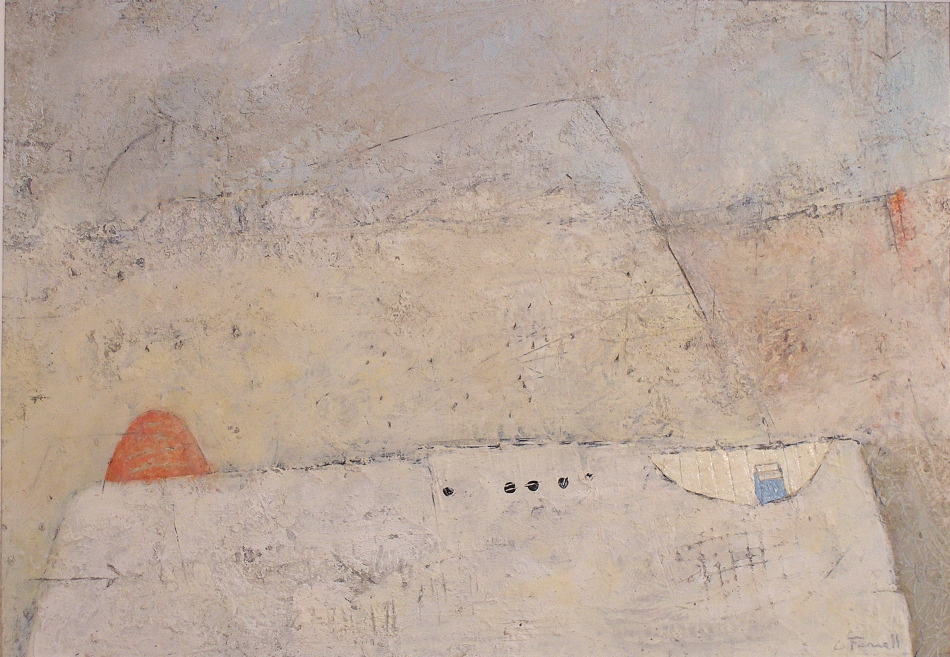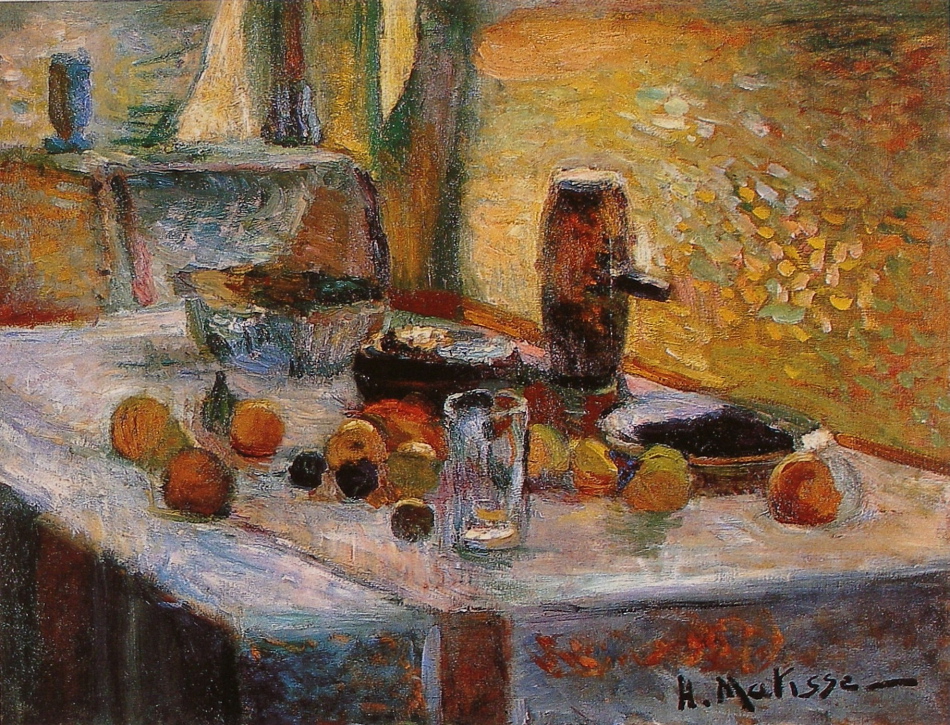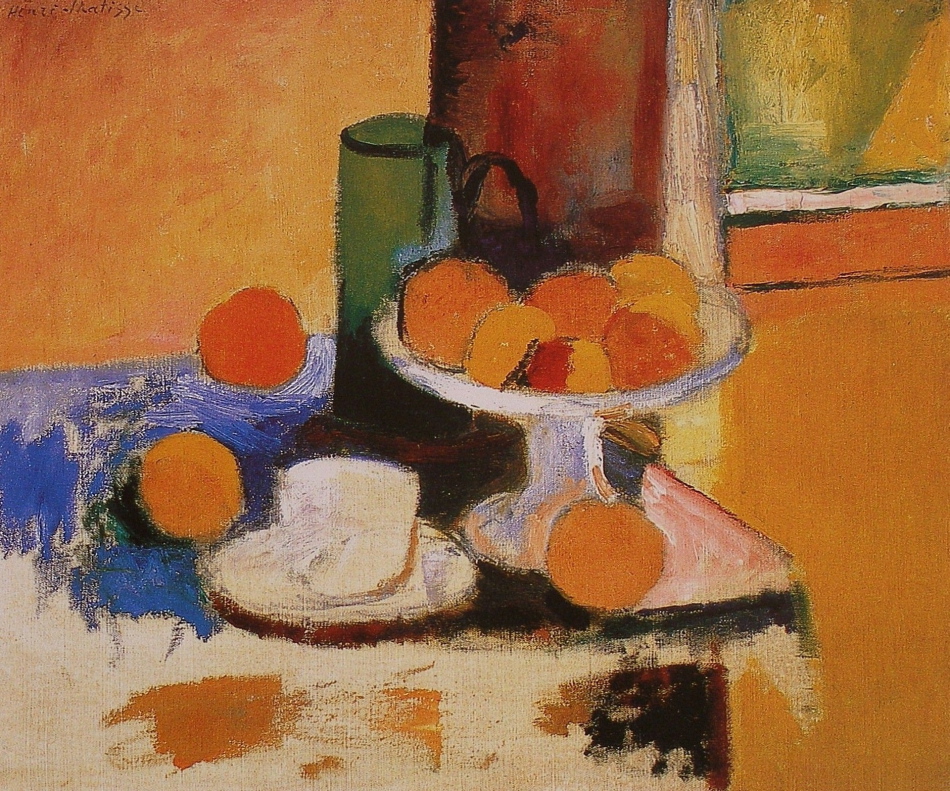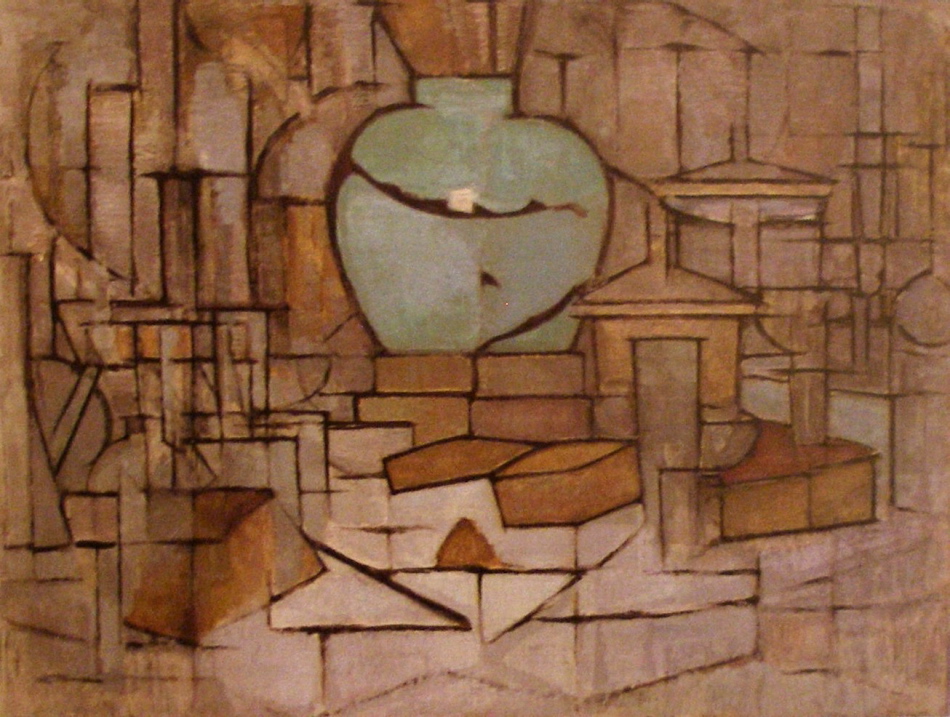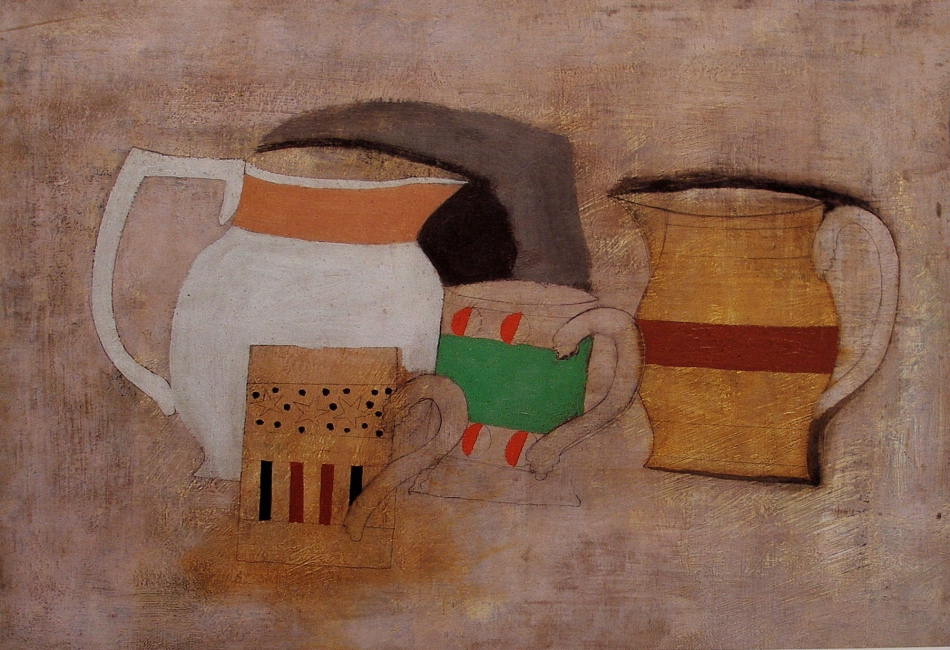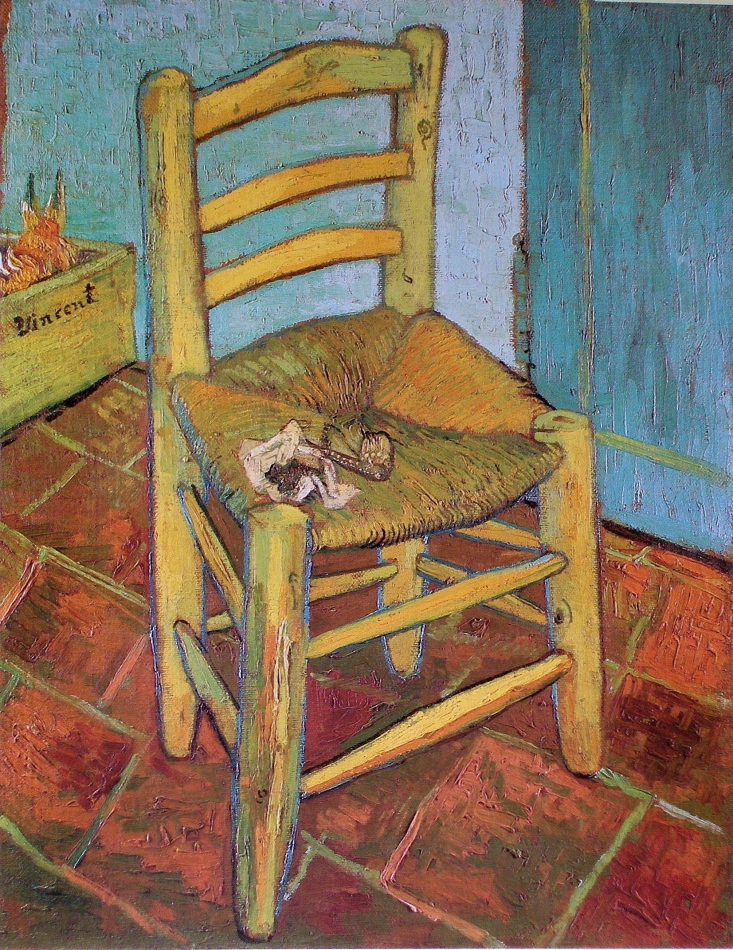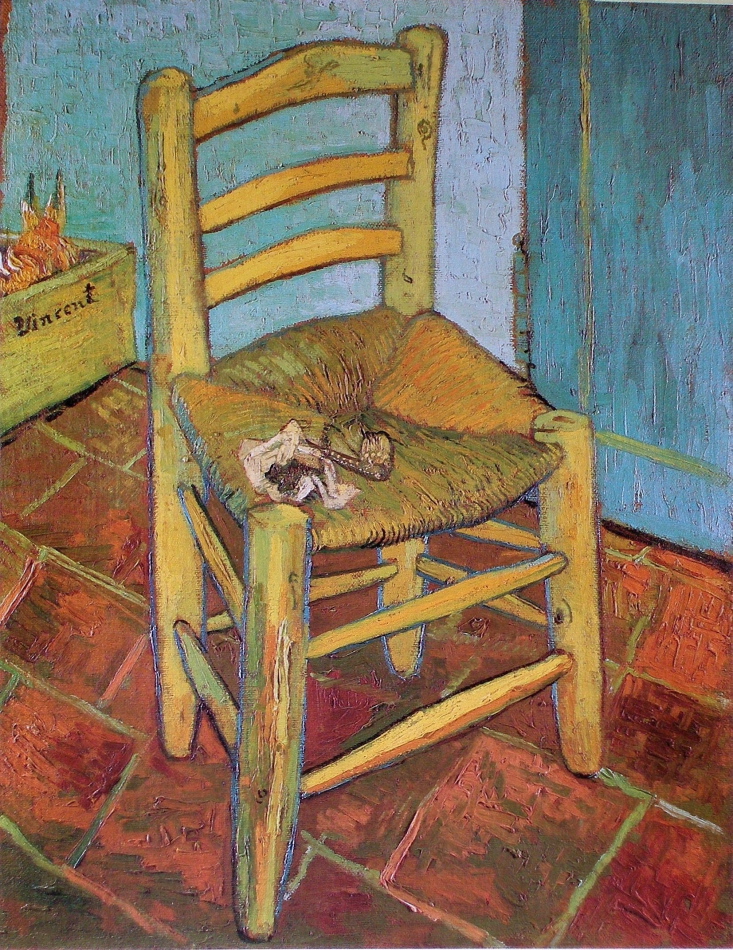In this painting Willem de Kooning conveys his superb understanding of spatial planes. The sophistication of his considerations is very impressive, providing a sense of space without the appearance of freezing the subject matter, as we would see with traditional perspective. If he had used representational detail and modelling, the image would appear frozen in time, in the same way a photo captures the moment. This would be fine if that was the intent, and fortunately de Kooning and many other artists wanted to delve further, and explore the possibilities of planes and time in painting.
Let’s begin with the five vertically arranged planes at the right which include the mirror behind the vase Their positions are intentionally ambiguous in space, inviting the viewer to determine where they should be. Note how the plane in the table cloth connects to the upper three and how the bottom right of the painting is a plane as well. We sense flatness and depth simultaneously. We feel time because it is not clear where they are in the space because de Kooning intentionally leaves that for us to determine.
I am very impressed with how de Kooning integrated the figure with the plane (the mirror) with the brown triangle, (which is another plane). How he integrated the triangle with the figure is masterful. The top edge connects to the left shoulder and the bottom carries across the figure to another brown triangle. This is truly sophisticated.
The ambiguity and sense of planes at the left of the figure, from the ear down providing a feeling of movement is magnificent. His knowledge of the considerations in early twentieth century art is very apparent, and I feel he is truly mastering time and planes in this wonderful painting, especially between the figures legs. Ask yourself why he painted this the same colour as the pants and then you will sense a plane, emphasized by that wonderful vertical black line. Also, there is a wonderful curve at the top of the right leg giving us another sense of a plane.
One more beautiful consideration before I leave you to engage further with this wonderful painting. There is a subtle triangular plane overlapping the brown triangle pointing towards the face. Do you feel the plane it provides? Fantastic.


